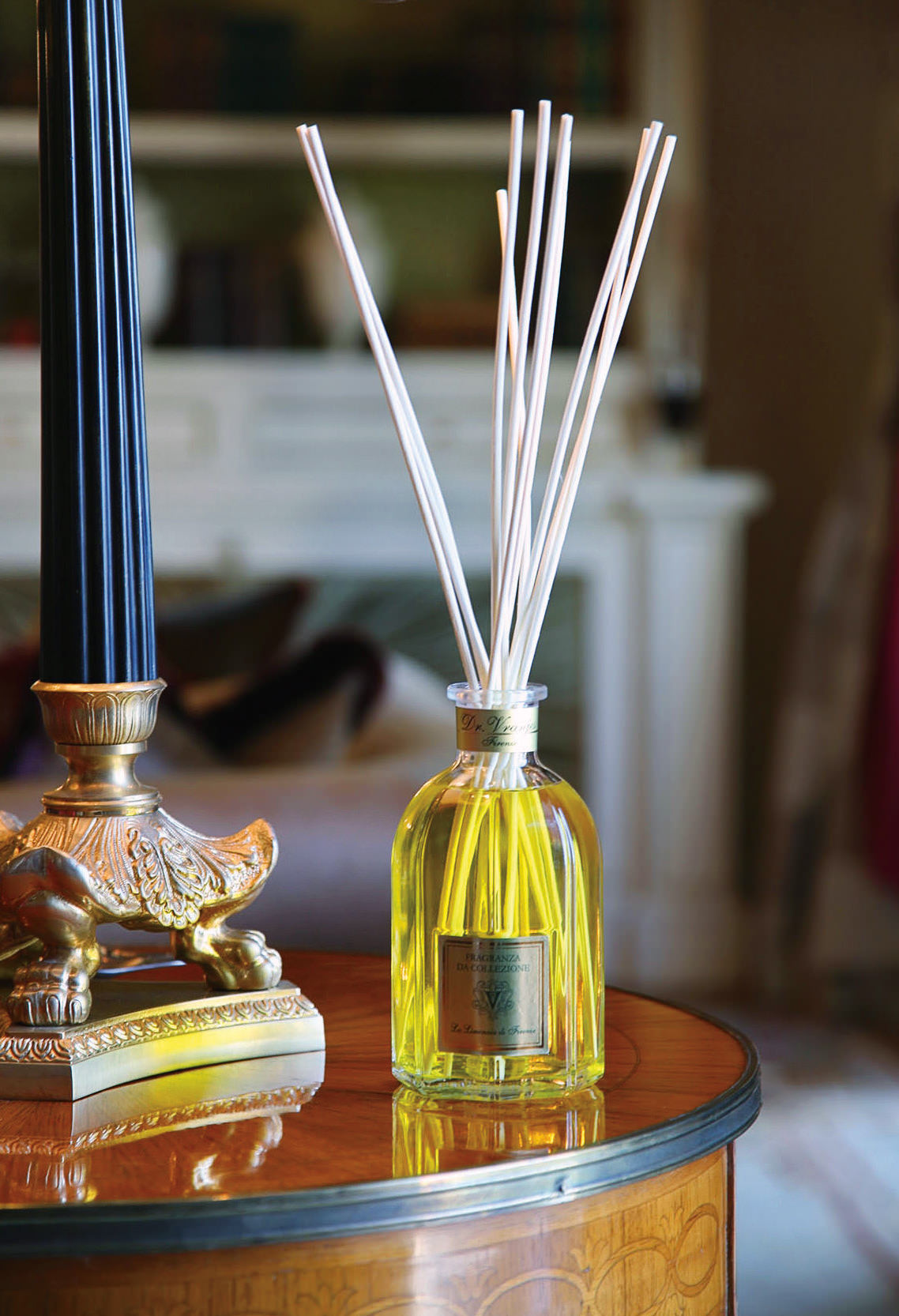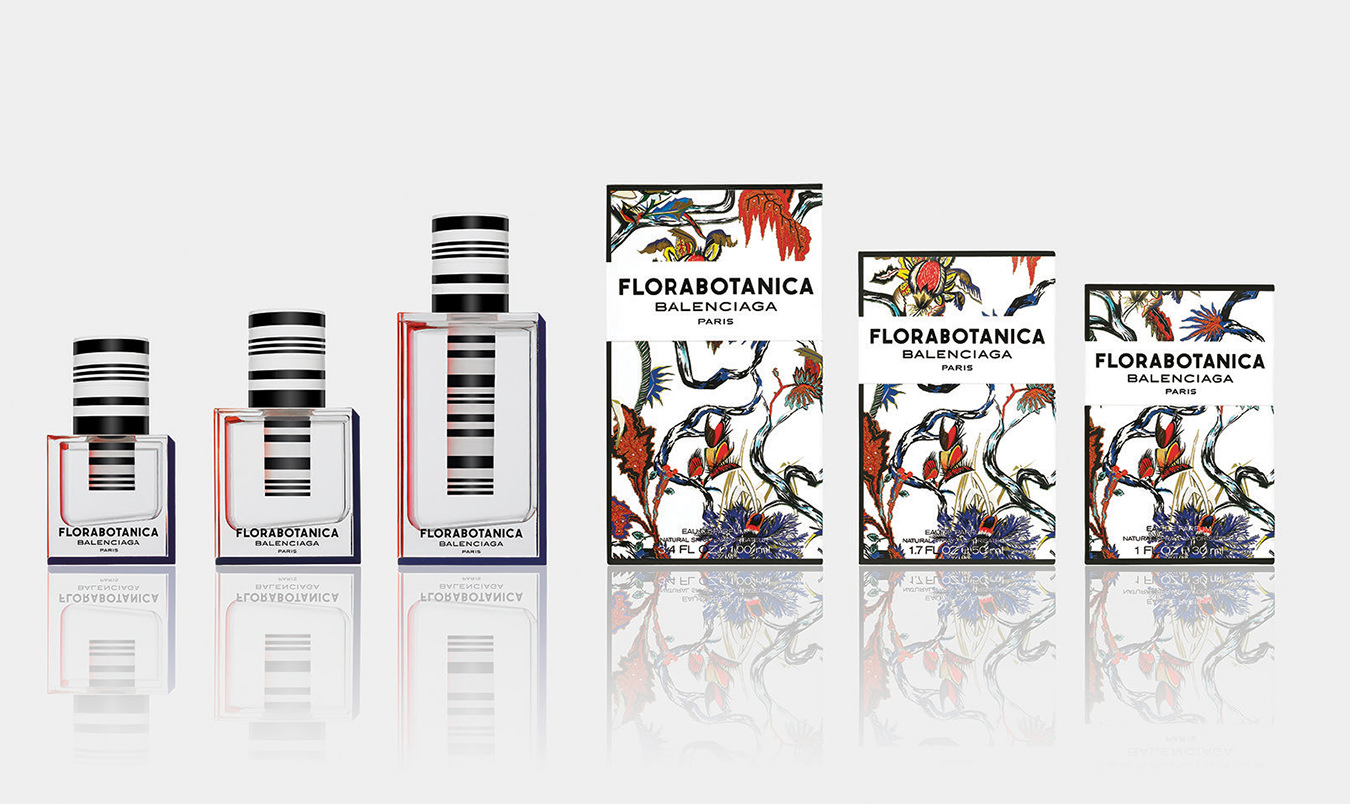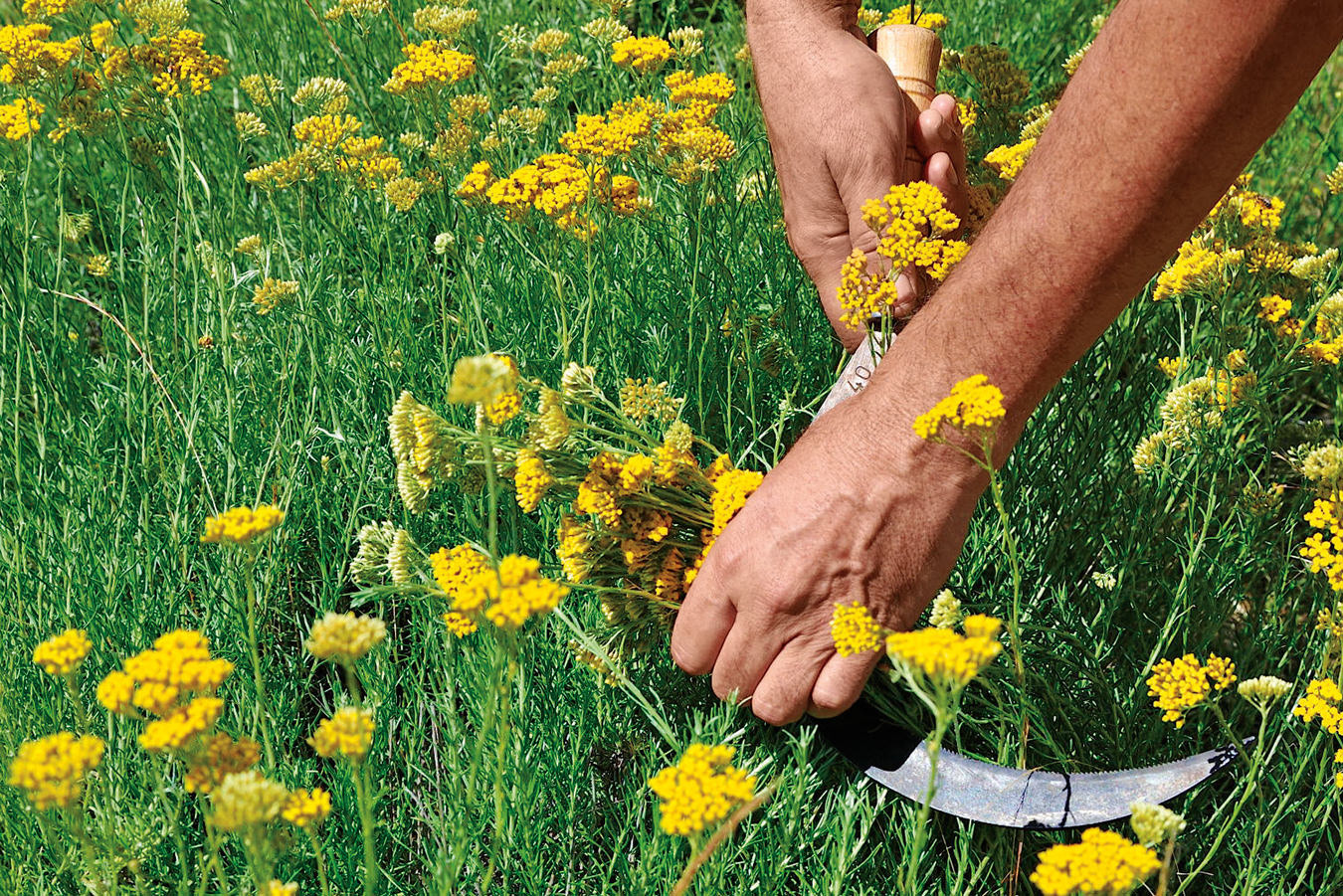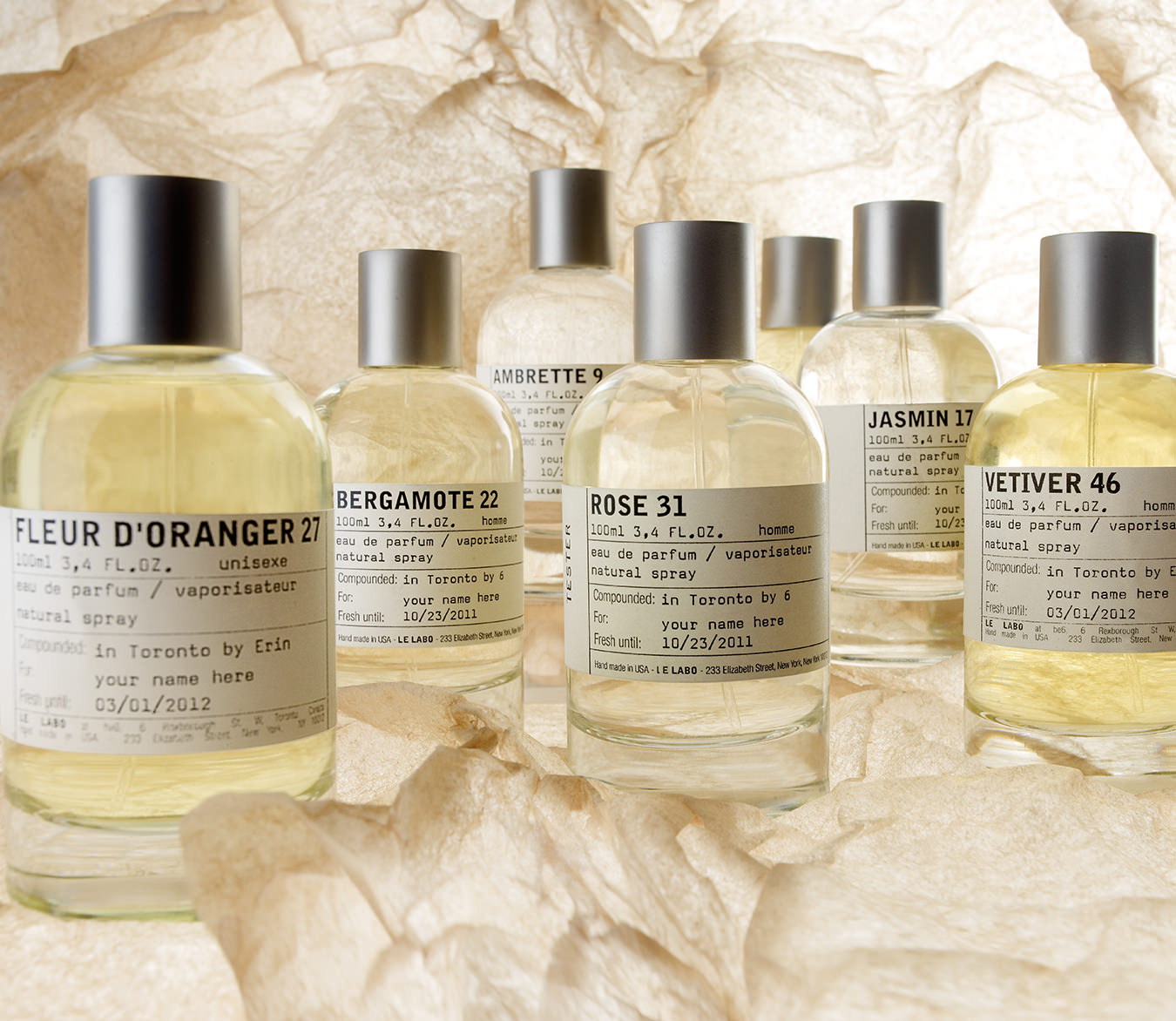-
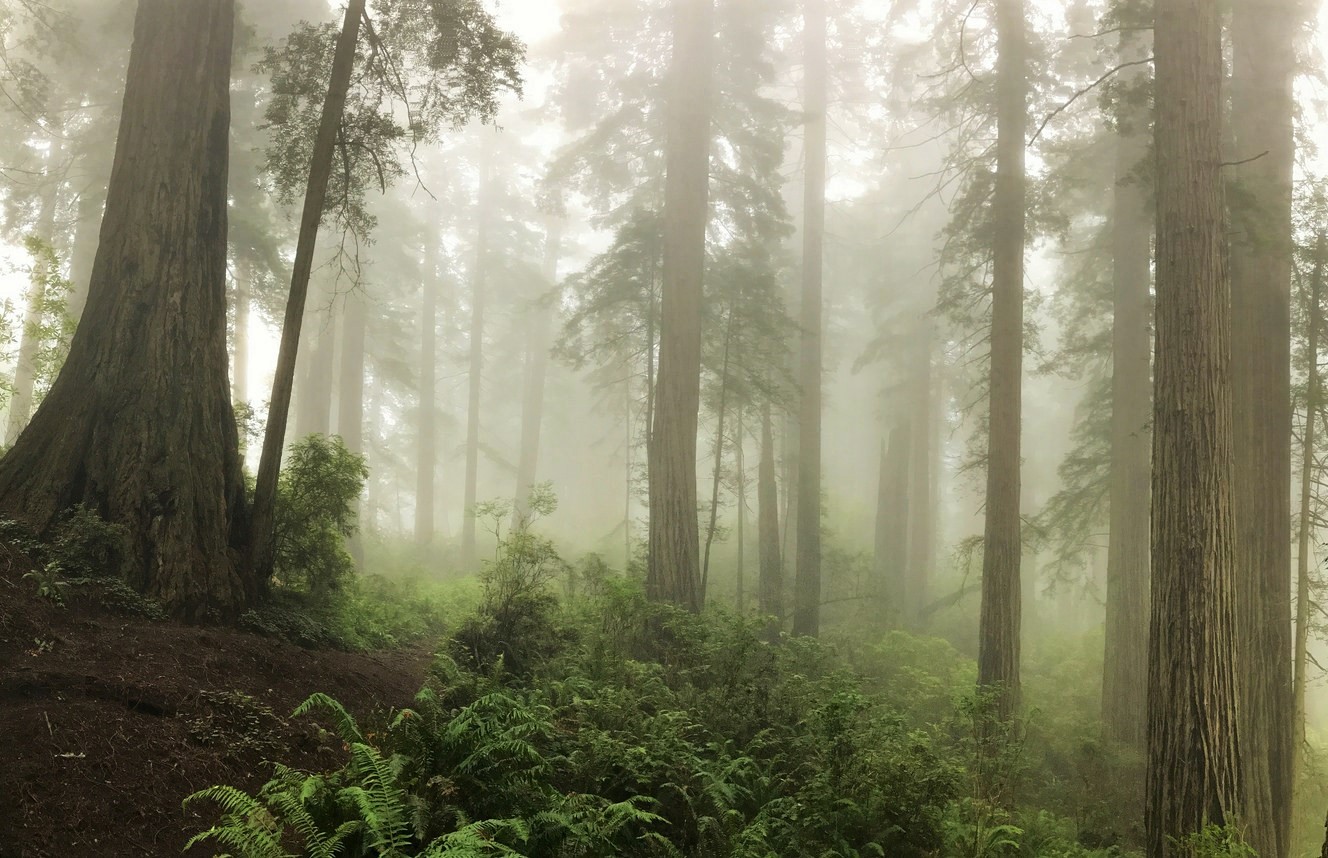
Photo via Flickr, Ray Krebs.
-

Photo courtesy of Aesop.
-

Photo courtesy of Aesop.
-
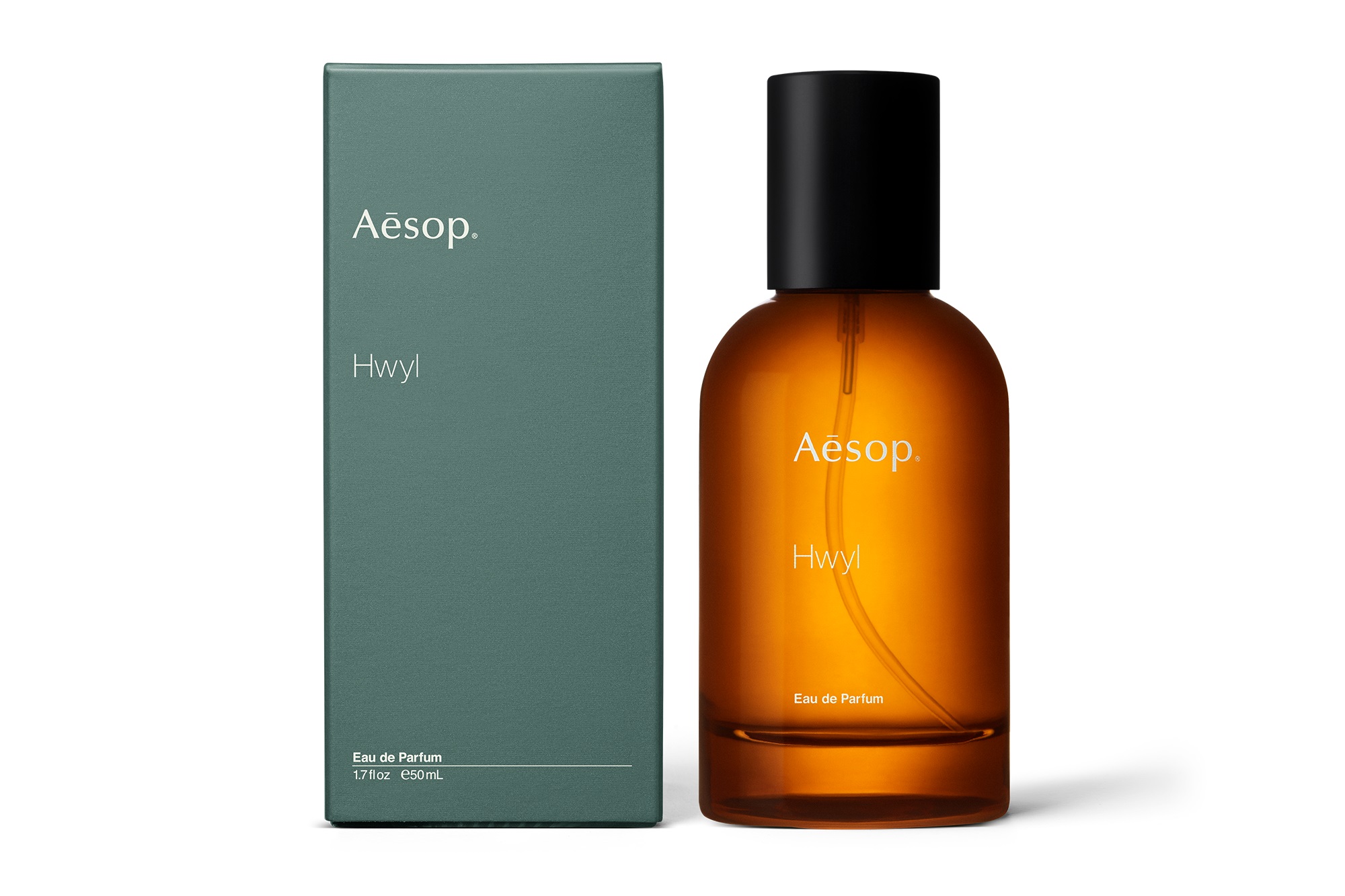
Photo courtesy of Aesop.
-
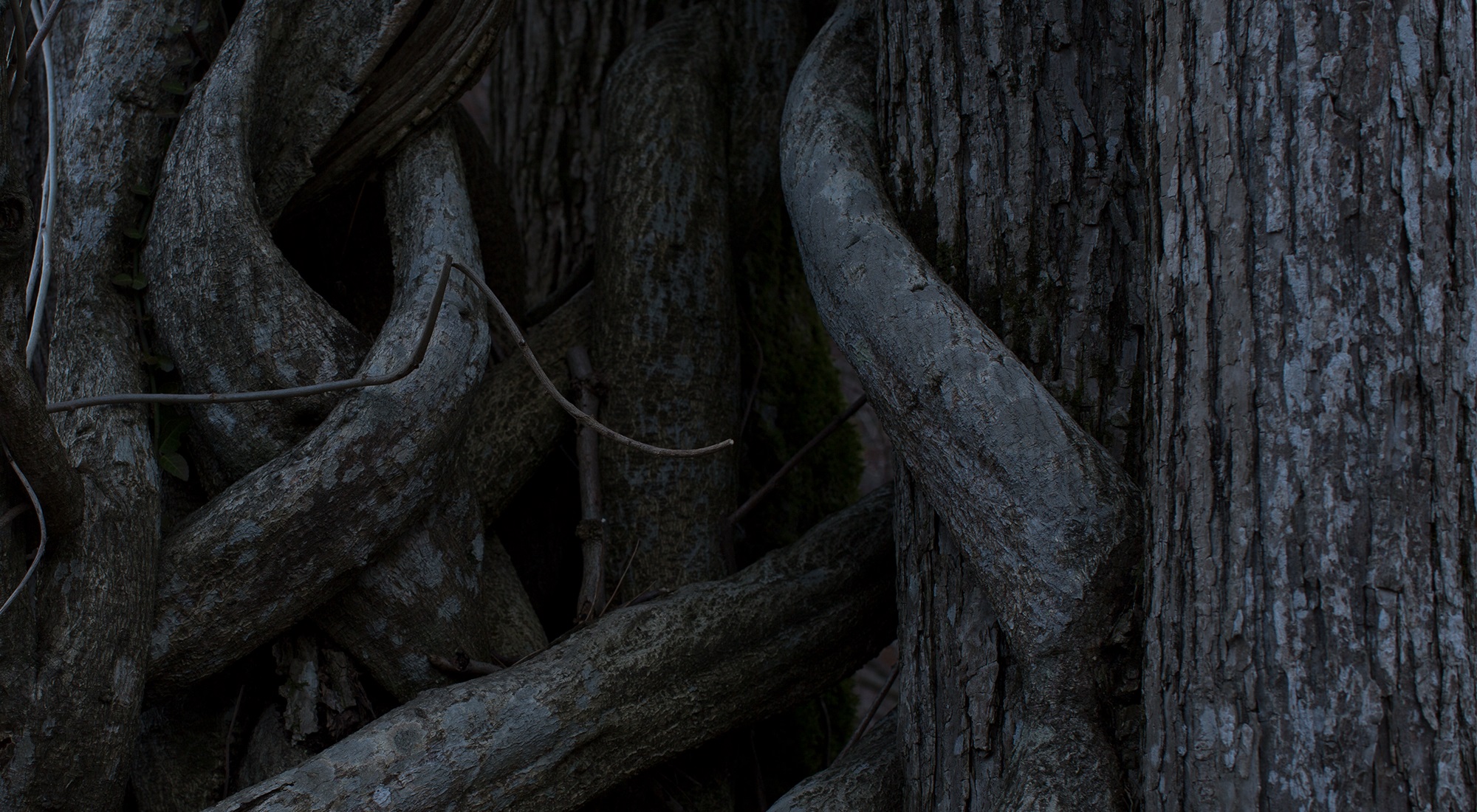
Photo courtesy of Aesop.
-
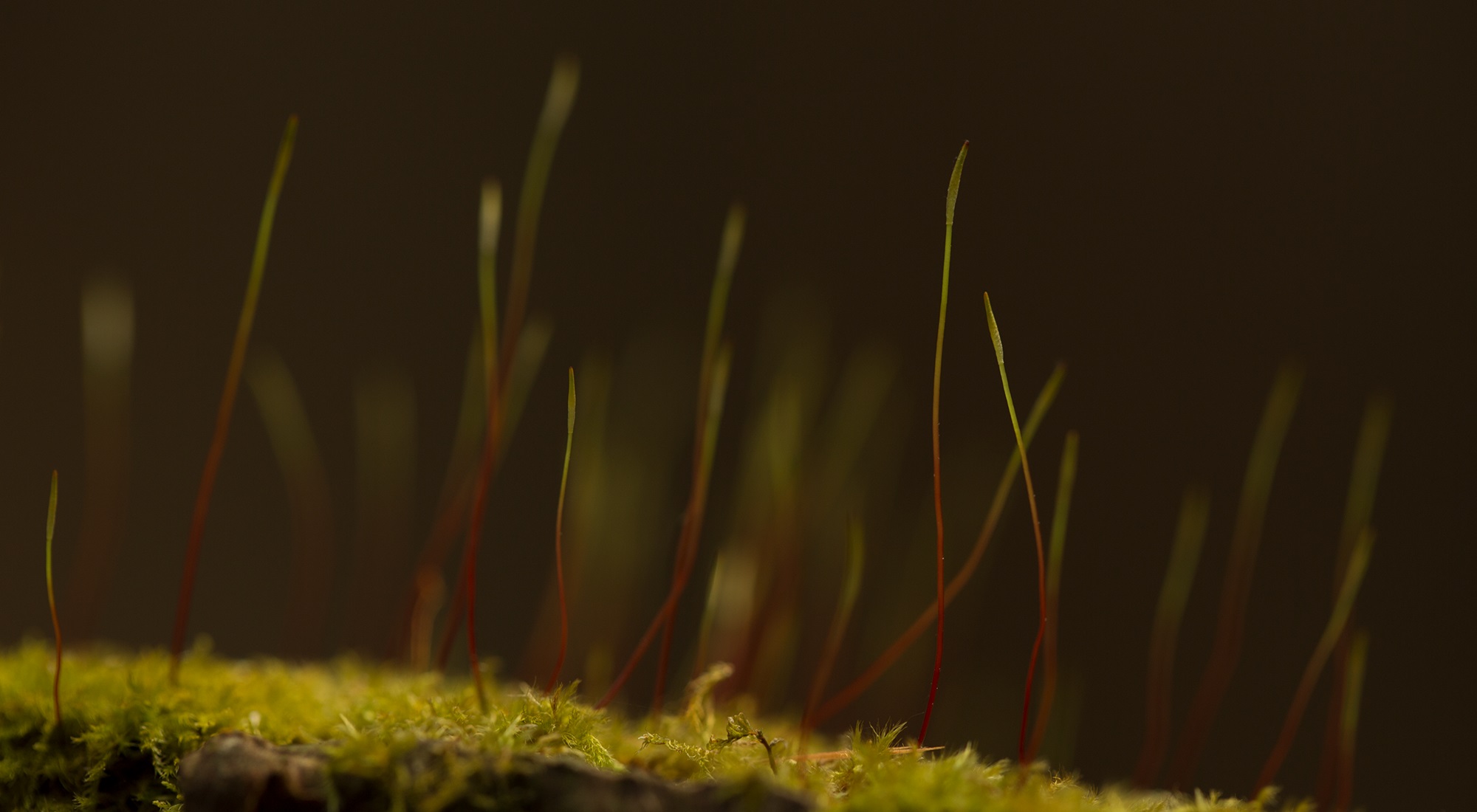
Photo courtesy of Aesop.
Discovering Forest Fragrances
Enchanting fougère perfumes.
Few transitions are as immediately soothing as stepping into a forest, where the immensity of impassive ancient cycles—growth, decay, repeating ad infinitum—dwarf urban frets and allot a sense of interconnectedness with nature. Breathing deep in the forest is the ultimate luxury—the smell of moss, mushrooms, trees, and herbaceous ferns soothing the mind more effectively than any yoga class could. It is fitting, then, that the forest’s aroma is a muse to perfumers, and only surprising that fougère fragrances—the family of green and woody scents, originally introduced in 1882 by Jean-François Houbigant (perfumer to Marie Antoinette)—are still considered somewhat niche.
Simon Tooley, owner of Montreal’s Etiket perfume and skin-care boutique, believes fougère fragrances are—slowly, subtly—growing in popularity thanks to increasing consumer openness to androgynous scents. “I find more women are shying away from typical florals or vanillas and looking for something else,” he says, adding that a growing understanding of perfume’s reaction to skin has improved the likelihood of customers trying on fougère fragrances, even if they tend to come off strong on a blotter. “We can be afraid to spray something on us, but until we do, we will never know how a scent will truly wear… This is one category that needs to be tried on the skin.”
Several new releases are attempting to coax clientele into the woods this autumn—including Jo Malone’s Oak and Hazelnut, a beautiful accord of crunchy green hazelnuts, effervescent vetiver, and rich, roasted oak, that goes on light as a sunbeam through leaves. “[It makes me] want to get out my corduroys or blazer with patches and go for a walk in the countryside that exists in my mind or at least in an English mini-series on the BBC,” says Tooley of the fragrance, which works equally well on men or women. Tooley adds that additions like citrus, cypress, cedar, musk, and vetiver, modernize the new generation of fragrances, whereas their ancestors more frequently ran the risk of evoking a barbershop with their lavender and oakmoss-driven accords.
Another interesting and beautiful new fougère comes from Aesop, who have collaborated with French perfumer Barnabé Fillion to evoke the scent of a 300-year-old Kyoto woodland in their Hwyl scent, launching September 25. Hwyl is green—dark green—with a dense cypress heart and notes of vetiver, frankincense, and a sublime waft of incense, the latter a nod to Kyoto’s ancient temples. It is mysterious, captivating, and sophisticated.
“I have seen more fragrances in the fougère and woody families coming out, but more interesting to me is that people are being drawn to them,” says Tooley of the increase in foresty fragrance launches. “There are trends in fragrance like anything and we have been bombarded with ouds, roses, and ambers—it is interesting to see this trend, even if it is small, but to see the interest of clients who are exploring this genre is what I find exciting. “
Here, Tooley describes a few of his favourite fougère scents.
Bracken Man from Amouage still takes me out into the forest even if it is a less woody one. The citrus notes of bergamot and lemon soften the cypress and the cedar and the cinnamon and cloves somehow give a tartness, like when you first cross the threshold into a forest. How it ends up on our skin is what matters, and this is less about a walk in the woods than a nod to that walk. It is more sophisticated and wearable than some woody scents, which can leave us feeling like we need to be wearing plaid and carrying an axe.
Jardin du Poete from Eau d’Italie is a much lighter take on this category and easier for a woman to wear than some. Perfumer Bertrand Duchaufour very simply takes us into a poet’s garden. There is citrus, but the immortelle adds layers to the scent that works with the pink peppercorn to finally meld with the vetiver, musk, and cypress—we are in a light and airy garden more than a forest. The soft greenness still keeps us in this genre from the cypress and vetiver as base notes.
Violette Fumée from Mona di Orio is my favourite in this category. The name of the fragrance makes us think it will be floral though it is anything but. Perhaps some would see it as a stretch of this category, when it fits as well into the Oriental type, too, but if we move beyond the notes of violet, the opoponax gives a balsamic tone and the Cashmeran gives a wood note, even if more blond than green. The Haitian vetiver and clary sage bring us back into the woods, or I think more rightly, that area just before you move into a deep dark wood where the light is still clear and strong and you hesitate before you go deeper. Can a perfume really do that, and do you want it to? It all depends on your memories, but this scent is definitely a beautiful introduction for anyone wanting to touch on this genre.
Visit Etiket online at etiket.ca.
Never miss a story, sign up for NUVO’s weekly newsletter, here.

